I teach a bicycle mechanics program to children and teens with developmental and mental disabilities. My knowledge of bicycle mechanics stems first from my love of riding bicycles. I began commuting by bike in college 8 years ago and I have been doing it ever since.
While moving around the country I was constantly taking my bike apart and putting it back together so I could fit it in shipping boxes. I started collecting tools that would help me in my endeavor and eventually, I started buying nicer and more different bikes.
Two years ago I realized I wanted to work in the bike industry so I went to the United Bicycle Institute to bolster my knowledge of mechanics and shop operation. While receiving my certification I was inspired to teach what I had learned. And from there, this is how I got involved in teaching a bicycle mechanics program to children and teens with disabilities.
Understanding the disabilities
First I have to cover a few ground rules to help folks understand what “developmental disabilities” actually are. Not every child or teen I work with has Down Syndrome or is on the Autistic spectrum, and not everyone has a physical disability either. Myself and other fellow caretakers have to follow strict regulations on what sort of health information is shared.
Some disabilities are very apparent and others not so much. Each kid is different and receives as much attention as the group of us can muster. And just like with all different types of people, there are all different types of learning styles. Some kids learn best by doing and some by asking questions.
Some are very excited to be in the program and other’s attention spans border on 2-3 seconds. What I did was design a program to teach the students I work with about bicycle mechanics and shop operation in a way that would seem fun and interesting.
We also provide incentives for kids who complete a certain number of hours in the program. I work for a large nonprofit organization that fortunately for me had the resources already in place for me to be able to attempt something like this. Not certified to take care of the kids full time, I am surrounded by staff members who are at a 1:1 student-to-staff ratio. They handle any disciplinary or medical issues, which leaves me to be able to concentrate solely on teaching.
My job (apart from teaching) is to operate a bike rental shop in which all proceeds go back into various programs for the students who come in and we are part of a much larger nonprofit that has close to 1000 employees.
Planning the program
Now for more about the program itself; I designed it to last 6 weeks barring any interruptions in the kids’ schedules (which are pretty frequent). Week one consists of getting the kids-oriented in the shop environment, laying out shop rules and guidelines, and introducing them to the rest of the staff I employ.
For example adherence to the close-toed shoe policy, introduction to our point of sale system, and an understanding of the chain of command. In previous years the kids have volunteered here in the shop under another manager but developed bad habits. They saw the shop as a place to come play around away from the watchful eyes of their home staff. When I took over as manager I wanted them to understand that this was not a place to goof off.
I wanted them to understand that I had expectations of them. Regardless of their disabilities, I wanted them to understand their own potential.
This requires a lot of patience on my part. I remember one time when I pulled up a schematic of a part for one of our bikes and we tried to troubleshoot the problem as a group. I pointed to a set of disc brake calipers and asked a young man of about 16 to read to me the name of the part we needed to order. He looked at me plainly and with utmost certainty, he said “I can’t read.”
Everyone looked around as if this was a pretty normal occurrence and that maybe 3-5 of the kids I had in the shop could not read. I was taken aback. It had never occurred to me that literacy would be an issue. Up until this point, I was excited about how highly functioning everyone in the group was. This did not deter me from continuing to ask them questions and put tools in their hands.
After they were comfortable spending time in the shop and they knew where things were located, we started bolstering their knowledge of bikes. Some kids were excited and intent on learning. Others could not have cared less. Their disinterest bordered on disrespect; they lashed out at me and their staff for making them do something they had no interest in.
One young man said to his caretaker, “If you do not leave me alone I will smack you until scream bloody murder.” Albeit kind of comical and very specific it was still not the ideal attitude for learning. So we took a break. I asked him what he would like to do and told him I could certainly do that after I took care of the basics. He came back in with an understanding of the task ahead.
Knowing The Bike
1. Introduce The Bike Anatomy
First, we put a bike up on the stand and began going over bike anatomy. Before their arrival, I had ordered them shirts with a labeled diagram of a bike on it so that the ones who could read would have a little cheat sheet when I asked them to name the parts I pointed to. I would point to a part and see if they could figure it out via context clues or if they already knew.
For example, after pointing to the chain stay I would point to the seat stay and tell them it was another kind of stay but that it was connected to the seat. They were able to get it with some prodding. I will say that the bike anatomy and tool name portion of our program is the hardest part. The kids do not have great memories and don’t consider it very much fun on average. I usually like to reward them with a quick 1-2 mile bike ride once we finish so they can clear their thoughts and come back ready to work.
2. Give Them The Tools For Repairs
Once they have a working knowledge, we put tools in their hands and begin with the most simple yet most done repair in any shop, changing a tube. Armed with tire levers I give them step-by-step instructions. Releasing the air from the tube if there is any, using the tire levels to pry the bead up out of the rim, removing the old tube from the tire, checking the inner wall of the tire for perforations or anything that could puncture the tube, and then replacing the tube and putting the tire back on.
They want to move so fast through this because they think they already know how to do it. In their bullheaded teenage minds, they think they know everything and that doing it slowly and with intention is a waste of time. This requires so much patience, that I repeat myself over and over again, and yet I still feel like I am talking to five brick walls.
Many of them end up using the tire levers to pry the tire back on and I have to figure out some way to show them this is incorrect. We do not want to pinch the tube.
3. Let Them Make Mistakes
Perhaps if I let them do it themselves and they pinch the tube they will understand that is not the desired outcome. I take a step back and like magic, I hear that dreaded hiss of the snake bite pinch. One student’s new tube goes flat and he is kind of concerned. I reassured him that it was fine but that if he had listened early then this could have been avoided.
I think one of the most important lessons we can learn as human beings is the lesson of patience. The adage goes that Rome wasn’t built in a day. After 26 years I am still getting the hang of it and teaching patience is even harder than learning it. So after slowing them down and walking them through the right way to do it we finally have a breakthrough.
4. Remember, It Is Not A Personal Matter
However, there is a disclaimer, the road to having an impact on a student’s life (especially one with disabilities) is a long and unforgiving one. It is hard to know what will have an impact and it is hard to think you are making any progress at all. Not a week after this incident I let some students change a tube unsupervised only to come out and see them using the tire levers to pry the tire back onto the rim.
It is important to remember that this is not a personal matter. They are not disrespecting me by doing something I told them not to. This is not a clash of teacher and student, they are simply trying to take a shortcut because it is easier and less embarrassing than asking for help.
My advice for anyone in a similar teaching situation would be to remember this last little story above. Kids are kids, they haven’t seen as much as you and that is why we must show them the best way to do things. It can only get easier for them.
My Documented Progress
Week 3
Week 3: I have them doing minor repairs on shop bikes and their bikes under my supervision. It is important to incentivize them in this way. They respond to special treatment the same as anyone else does. Letting them go on rides or helping them fix their bikes which have been garage mascots for a year is a great way to inspire their love to ride.
This in turn will inspire their curiosity about the mechanics of it all. Now it is not that simple, but I think like most teenagers they enjoy their freedom. It is hard to know why they respond positively and negatively to different things. I often think that the medication in tandem with the disability often plays the largest role in how they react to authority and how they learn.
Ultimately if they can feel in control of their own choices and feel like they are making an impact on a larger organization then they feel more involved and excited about what they are learning.
Week 4
Weeks 4-6 will continue in a similar vein; if we have repairs that need doing they will do them with my supervision. I will try to ask the right questions so that they can come to the right conclusions themselves. I am always trying to get them to be more vocal and ask for help when they need it.
I always ask first for them to tell me what they think if we are diagnosing a repair. I ask them if there are other parts we need to think about. Like I said before I am pretty lucky that I have the resources I do and the backing of a pretty large nonprofit. The goal is to teach the students what we can and inspire a knowledge of mechanics and a love of bicycles.
To us, some parts are expendable. I would rather break something and have them learn than be unwilling to make mistakes. I also want to them understand where to look for the answers they don’t know. We have an infinite wealth of knowledge online and I have multiple books from my studies in my certification program.
Takeaways
My takeaways so far have been to be patient and manage my expectations. I thought that I could change the world in six weeks and I most certainly won’t be able to. I think realistically I can inspire 1 out of 5 kids and that isn’t so bad. Maybe they can move on and inspire more. They can share their experiences back at their group homes with the other kids they live with and maybe new kids will want to come down next year.
FAQs
At what age is a child usually able to ride a bicycle with training wheels?
Your child will be able to ride a bicycle with training wheels around age 4. But keep in mind that it might be different for different kids.
Do kids need to start with training wheels?
It is better if your kid can start without training wheels.
Why is cycling good for kids?
Cycling is a good activity for kids because it helps them develop motor skills, and learn how to balance, control, and coordinate their movements.
Conclusion
At the very least I can get them out of their normal routine one day a week and get them outdoors and exposed to bikes in a way they haven’t yet encountered. All of these stories are completely true and I get even more every week. I enjoy the kids even though it is the most mentally taxing endeavor I have ever undertaken.
I hope to be able to grow our program into a bike share program for both employees and students that way we can do longer rides and grow into a more passionate bike-friendly organization. What is your take on this? Let me know in the comments
Also Read
- The World’s Surprising Top 8 Bike Share Programs!
- Kids Bike Size Chart
- 10 Reasons Why A Recumbent Road Bike Is The Best Choice
Should you have any questions or require further clarification on the topic, please feel free to connect with our expert author Ryan Ross by leaving a comment below. We value your engagement and are here to assist you.

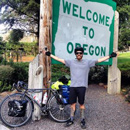
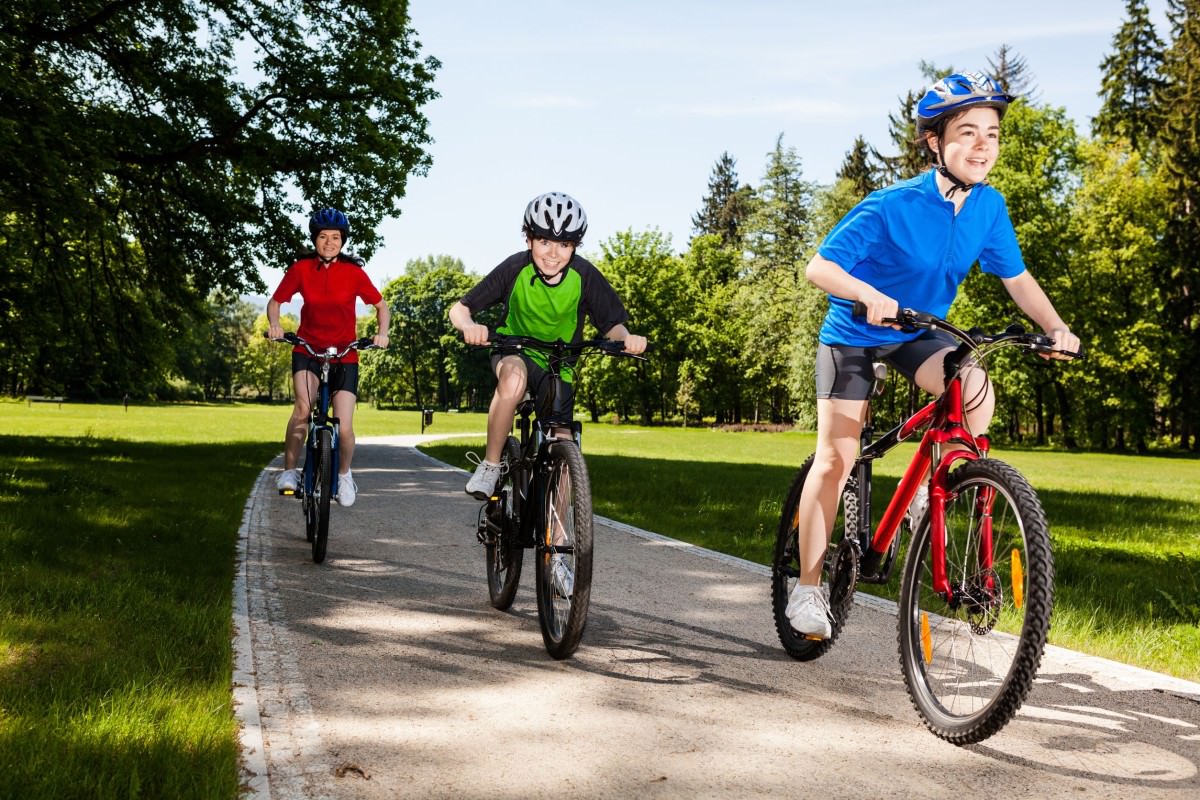

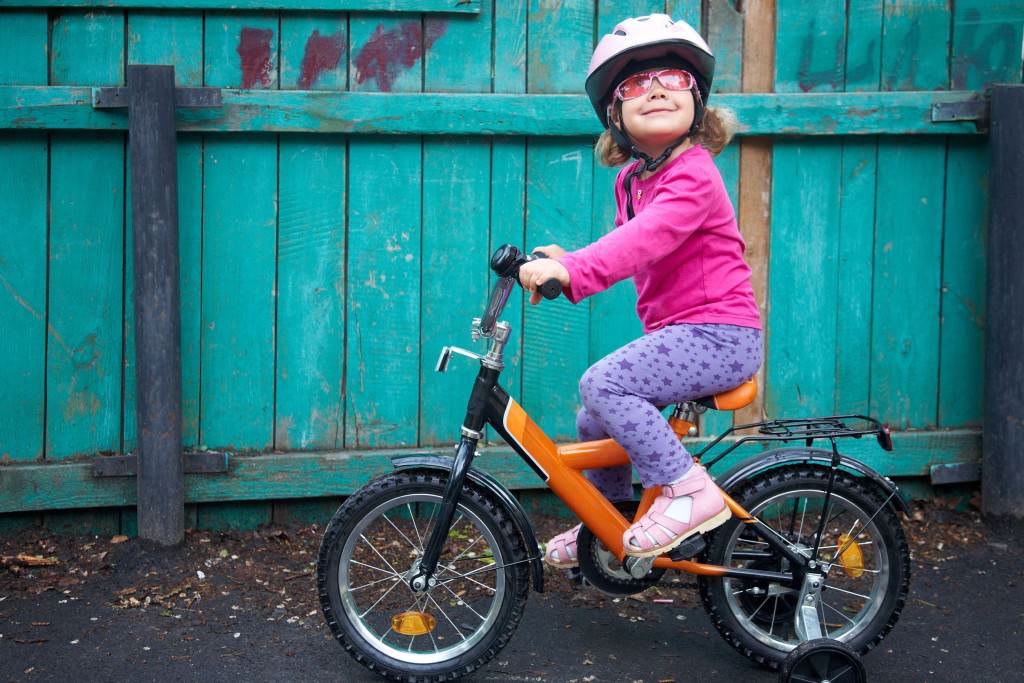

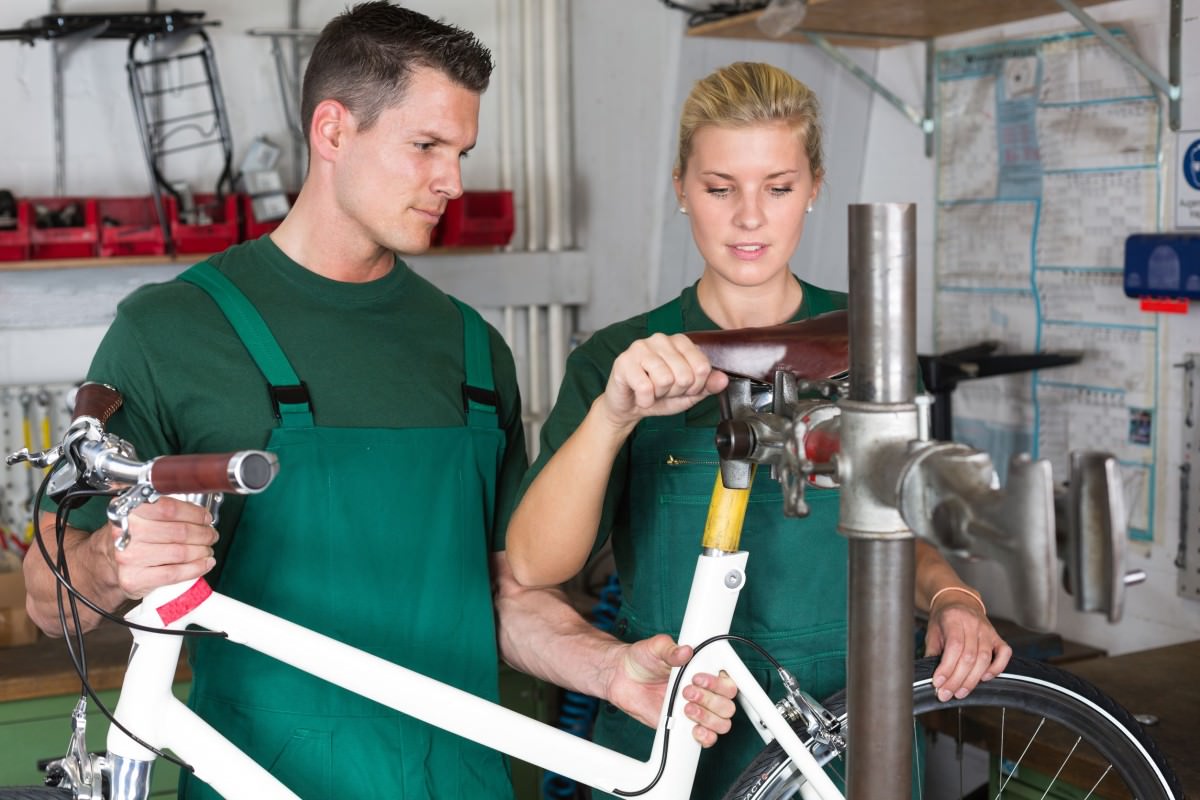

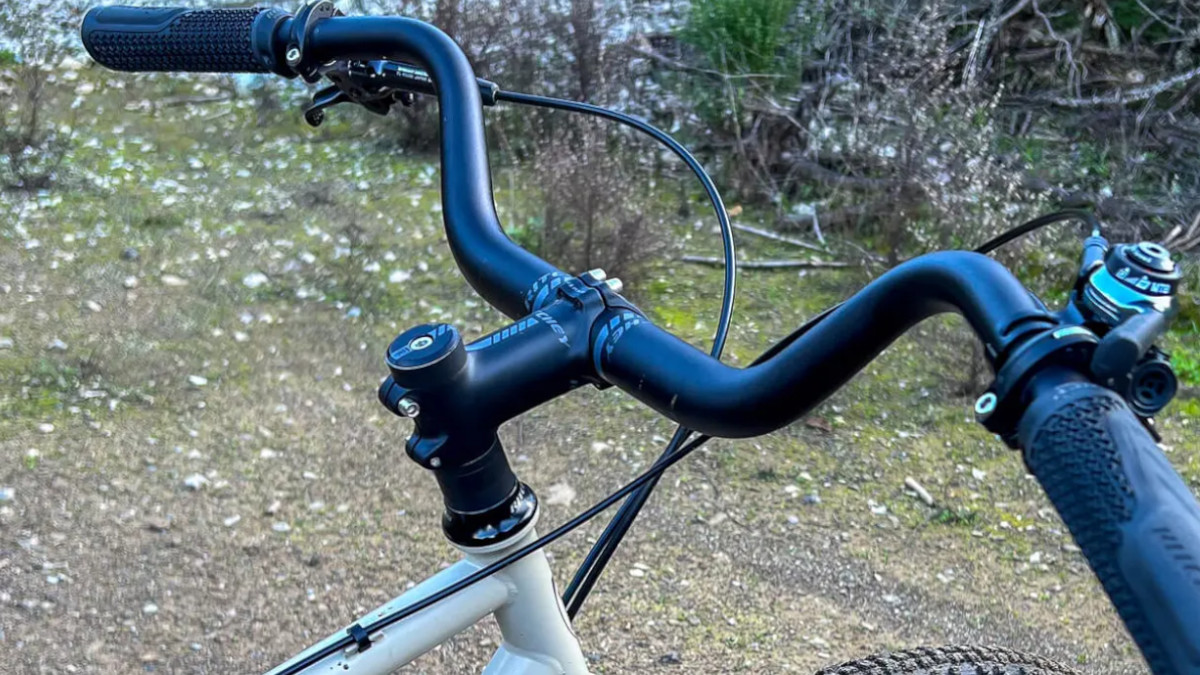
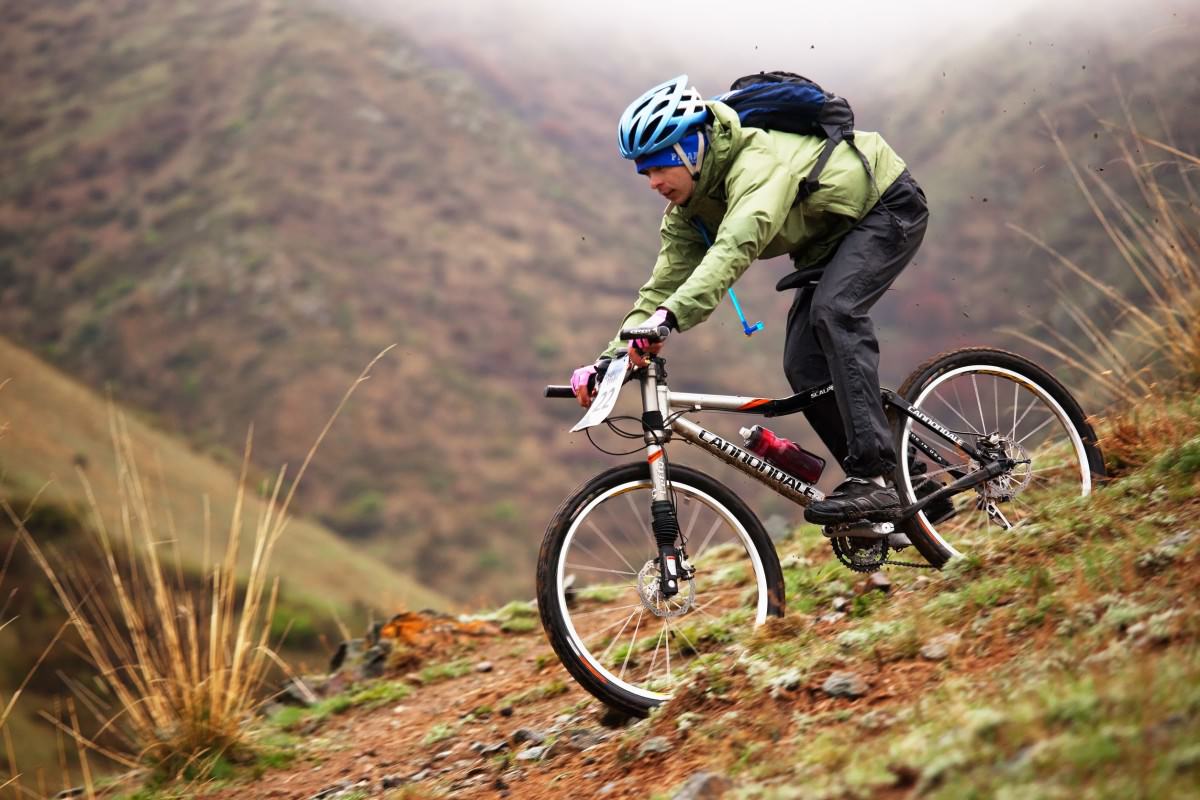
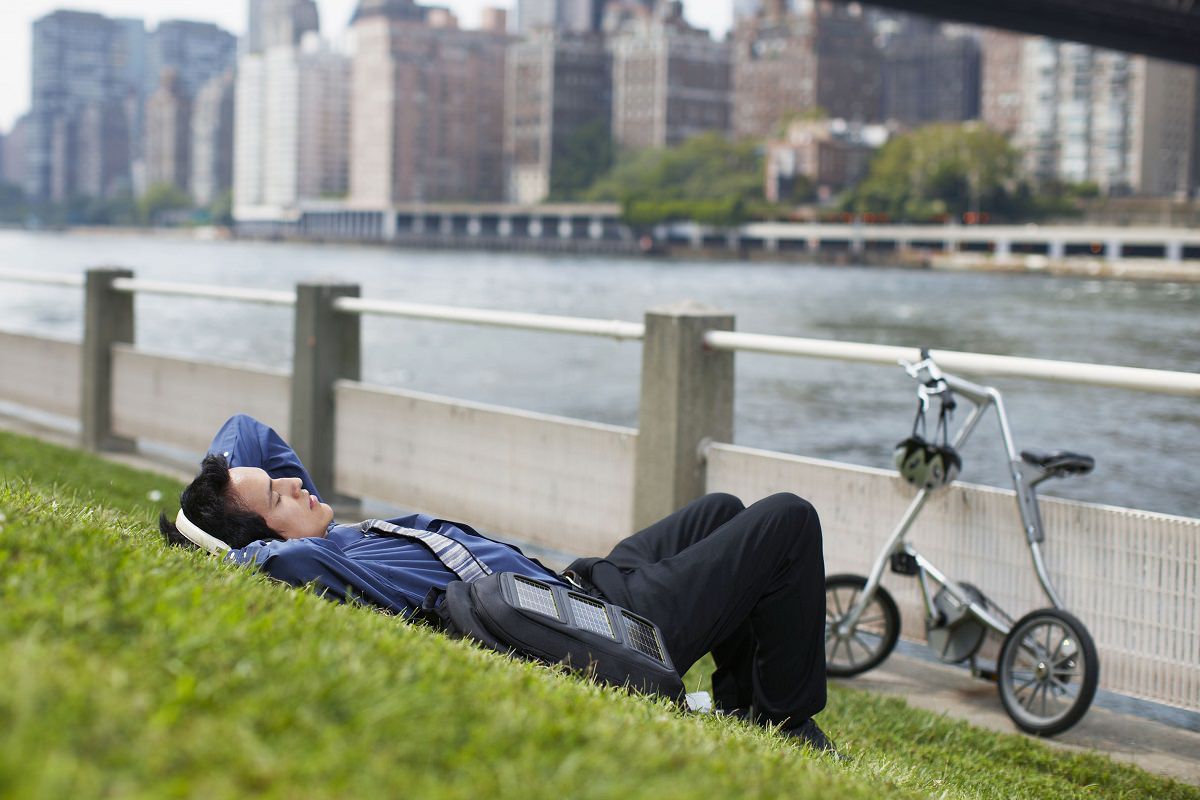
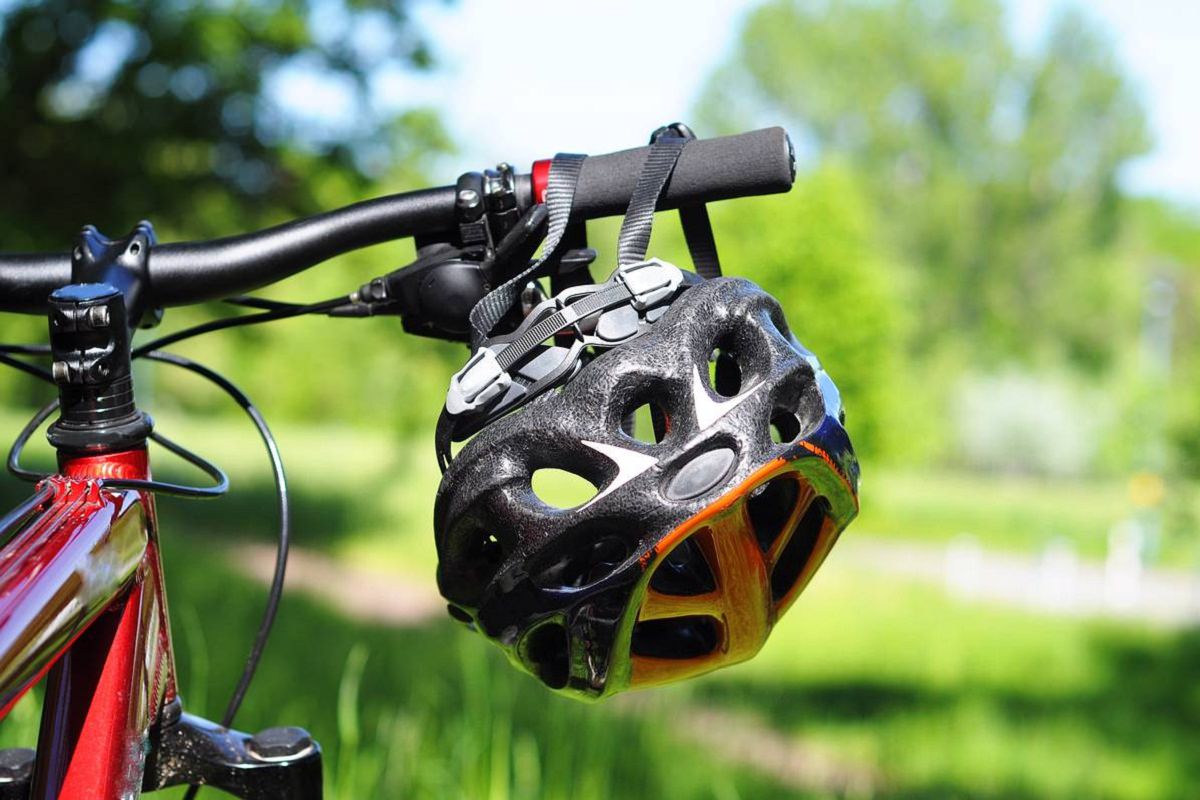

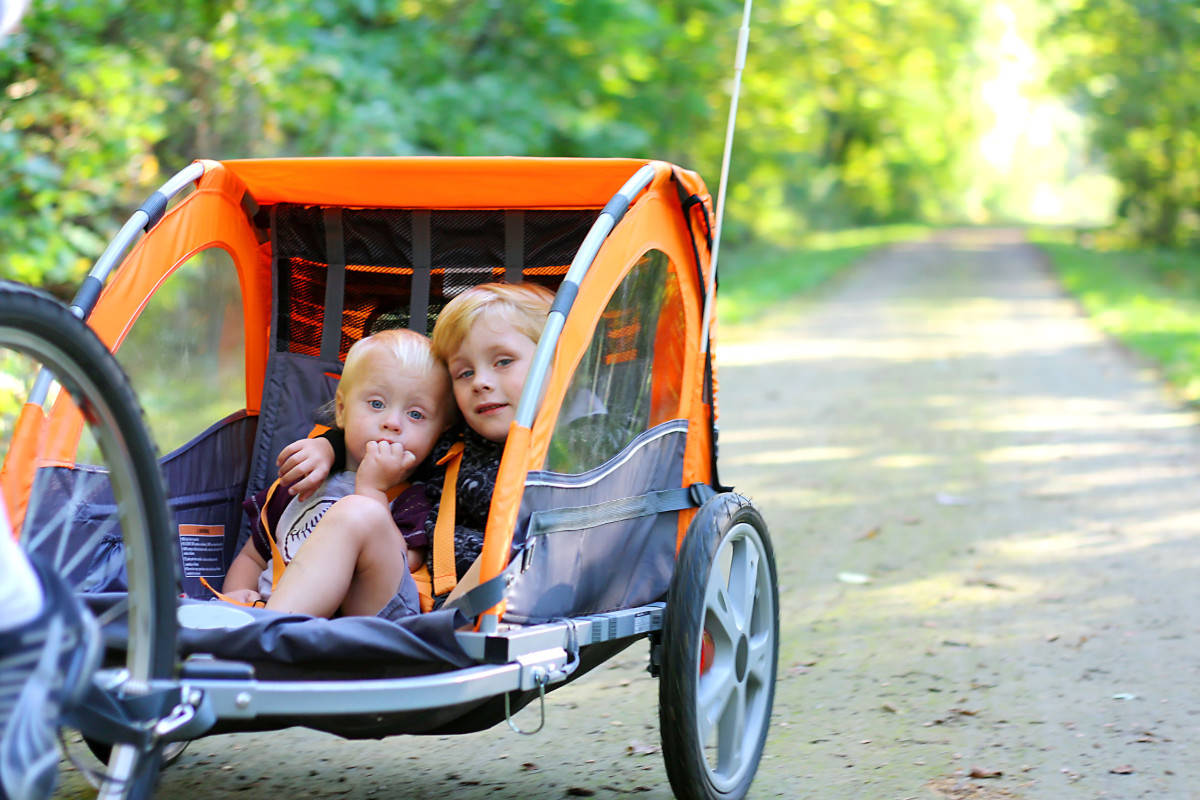
1 thought on “How to Plan A Cycling Training Program For Disabled Children”
i love cycle but i can get